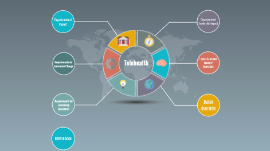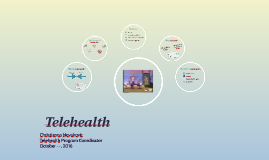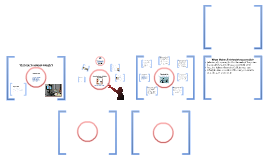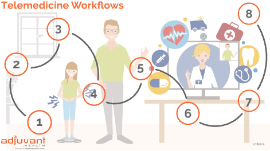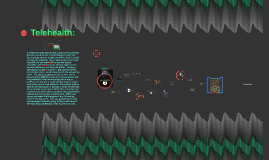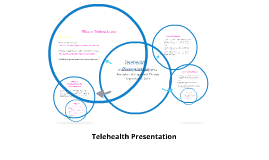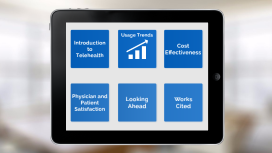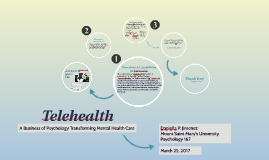TeleHealth Presentation
Transcript: A Business of Psychology Transforming Mental Health Care Career Opportunities Education & Specialization Remote Monitoring Store & Forward Job Description Daniella P. Jimenez Mount Saint Mary's University Psychology 167 Opportunities to work within mental health clinics, hospitals, correctional institutions/jails, insurance providers or from your own home to implement telepsychiatry programs. Thank You! If you are provider who is licensed by their respective state for the practice of medicine, psychology, psychiatry, therapy, or are a licensed clinical social worker, you can practice using this field of medicine. Digital images, video, audio, clinical data are captured and stored on a patient’s computer or mobile device and then trans- mitted securely to a provider for later study or analysis. Used often in teledermatology and telepathology. Provider and patient communicate via live video- conferencing. Used often in telepsychiatry, telehomecare, telecardiology and remote consults (teleconsults) with specialists, primary care physicians, counselors, social workers and other health care professionals Patient uses a system that feeds data from sensors and monitoring equipment to an external monitoring center so that health care professionals can monitor a patient remotely. Used to monitor chronic conditions such as heart disease, diabetes and asthma. Any questions? Healthcare clinic and hospital Physician's office Client's home Prisons Military Environment of Telehealth According to the Substance Abuse and Mental Health Services Administration (“SAMHSA”) Also referred to as “telebehaviorial health,” “e-counseling,” “e-therapy,” “online therapy,” “cybercounseling,” or “online counsel- ing,” telemental health is the provision of remote mental health care services (using videoconferencing, computer programs, and mobile applications) by a variety of different mental health providers, such as psychiatrists, psychologists, social workers, counselors, and marriage and family therapists. Telehealth https://www.indeed.com/jobs?q=Telehealth+Psychologist&l=California • One in four American adults (about 61 million Americans) experiences mental illness in a given year. • One in 17 Americans (about 14 million) lives with a serious mental illness • Approximately 20 percent of youth ages 13 to 18 experience severe mental disorders in a given year • Only 41 percent of adults with a mental health condition received mental health services in the past year Career Salary's Facts Functions & Capabilities of Telehealth Real Time March 25, 2017 Telehealth Psychologist salaries in US range:$52,000 - $123,000 Meet with clients via Telehealth to identify problems—emotional, mental and behavioral—in their lives. Through observation, interviews and tests, the psychologist will diagnose any existing or potential disorders. Then, together with the client, they formulate a program of treatment according to the client’s needs. Psychologists monitor the client’s progress on a regular basis to ensure that their needs are met by the course of action, and to adjust it if necessary.






